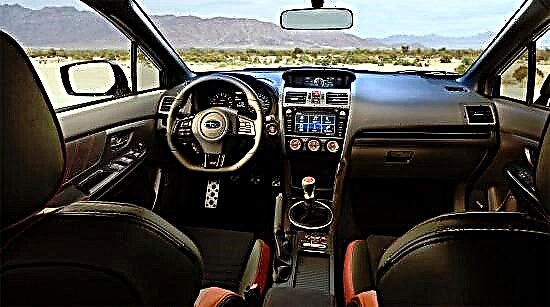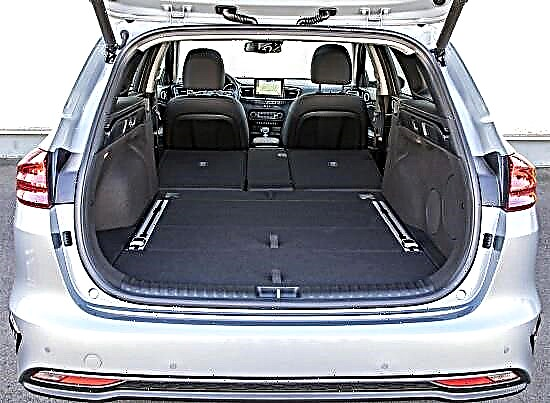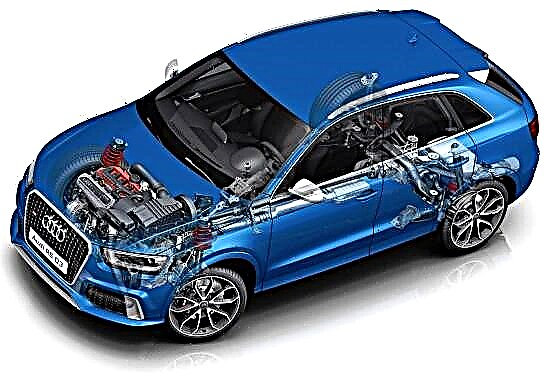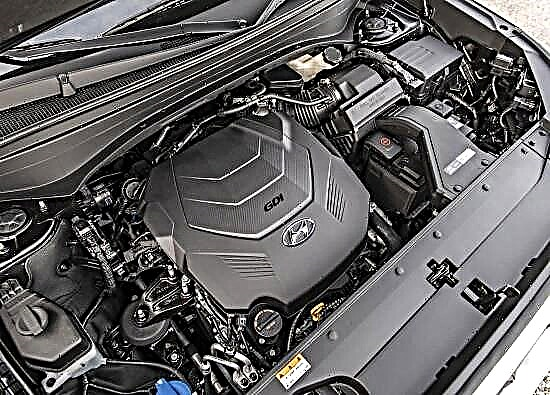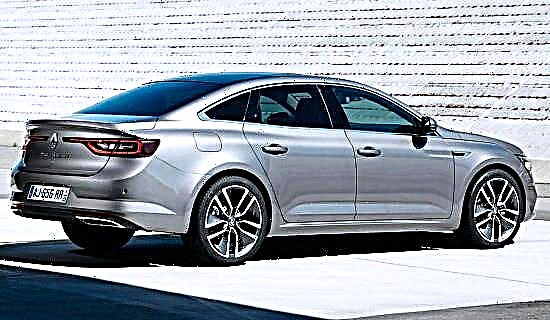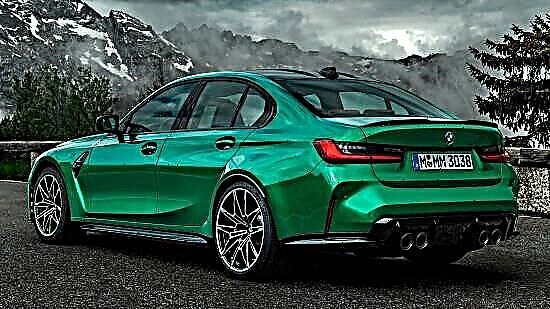After the resounding success of the first Discovery, the British began to think about consolidating the achieved result and began to work on the creation of the second generation of the British premium Land Rover Discovery SUV. The novelty, which debuted in 1998, became a truly revolutionary product of its time: almost 90% of new design details, electronic control of the all-wheel drive system, unique assistance systems when driving in various conditions, a higher level of comfort and other "goodies" in one moment made Land Rover Discovery 2 a segment leader.
It is noteworthy, but, despite the global update of the structural elements, the appearance of the Discovery II was almost completely copied from its predecessor. The work carried out by the designers was more like a point restyling, and there is a logical explanation for this: marketing studies have shown that potential buyers of Land Rover Discovery 2 are categorically against serious changes in the exterior of the SUV, which forced the developers to preserve the previous body contours to the maximum.

But the dimensions have changed slightly, thanks to which Discovery 2 has become noticeably larger. Now the body length was 4705 mm, the width was 1885 mm, and the height was 1940 mm. The length of the wheelbase of the SUV is 2540 mm, the height of the unladen vehicle's ground clearance is 253 mm.
The interior of Discovery 2, in comparison with its predecessor, has become "lighter", which has improved the comfort for all passengers, but the conservative design style has been retained.

However, in 2002 the car underwent restyling, within the framework of which a new instrument panel, other finishing materials and other innovations appeared, which made the interior noticeably more attractive.
Specifications. Under the hood of the 2nd generation Land Rover Discovery, you can find three options for the power plant: two gasoline engines and one diesel, which was especially popular in our country.
But let's start with gasoline V-engines. The youngest of them had 8 cylinders with a total displacement of 4.0 liters, which made it possible to develop up to 185 hp. power and about 340 Nm of torque. The engine was aggregated with a 4-speed automatic transmission, or with a 5-speed manual transmission, was distinguished by high reliability and perfectly tolerated low-quality fuel, but the consumption of the latter left much to be desired - in the combined cycle, the engine ate about 17.0 liters. The more powerful gasoline unit had a working volume of 4.6 liters and a power of 220 hp. This power plant is little known in Russia, as it was intended mainly for the American version of the SUV.
Now about the diesel. This is the most popular engine, it had 5 in-line cylinders with a displacement of 2.5 liters, a turbocharging system, a direct fuel injection system through pump-nozzles and a heating system for fuel pumped back into the tank, which made it possible not to fear freezing of the fuel line in winter. The power of this engine was 138 hp, and the peak torque was at around 300 Nm. In terms of reliability, the diesel was slightly weaker than gasoline engines, but compensated for this shortcoming with acceptable fuel consumption: the average consumption in the combined cycle was 9.4 liters with a 5-speed manual transmission and 10.3 liters with a 4-band automatic transmission.

Land Rover Discovery 2 was based on a frame chassis with dependent spring suspension front and rear.
The SUV was produced only in an all-wheel drive version and was equipped with continuous axles fixed on two trailing arms, as well as an interaxle differential and a 2-speed transfer case.
Separately, it should be said about the center differential, which became free, and the electronics, led by the ETS traction control system, were now engaged in locking it. But this scheme did not like the buyers, who subjected Discovery 2 to harsh criticism - and already during the 2002 restyling, the mechanical differential lock was returned to the SUV.
We add that in the older trim levels, the rear spring suspension was replaced by a pneumatic one, supplemented by the Self Leveling Suspention system, which changes the clearance height within 40 mm, as well as the Active Cornering Enhancement system, which eliminates body roll when cornering.
The Land Rover Discovery 2 was completed in 2004 and was replaced by the even more revolutionary Discovery 3, which marked the beginning of the modern history of this model.

